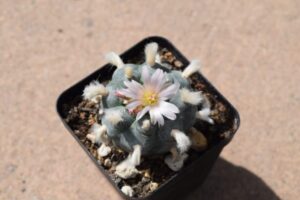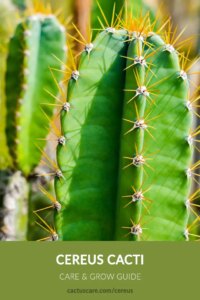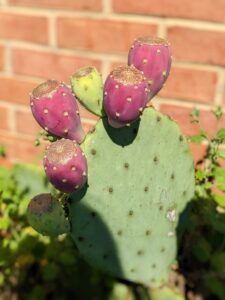Christmas cactuses (Schlumbergera) are a beloved addition to many homes, particularly during the holiday season when they bloom in vibrant, colorful flowers. However, understanding their light requirements is pivotal for nurturing these beautiful plants. This article delves into the intricacies of light needs for Christmas cactuses, ensuring you can provide the optimal environment for their growth and flourishing.
Decoding the Natural Habitat
To appreciate the light requirements of Christmas cactuses, it is essential to consider their natural habitat. Native to the humid rainforests of Brazil, these plants thrive under the canopies of larger trees. In their native environment, they receive diffused light rather than direct sunlight. Consequently, the light that Christmas cactuses require is vastly different from that of traditional desert cacti.
These epiphytic plants adapt to lower light conditions, flourishing in dappled light and shade. This distinction is crucial, as providing direct sunlight can lead to scorching and a plethora of growth issues. The nuanced understanding of their habitat helps in recreating an environment that closely mimics their native conditions, ultimately leading to a healthier plant.
Understanding Light Requirements
Christmas cactuses necessitate a careful balance of light exposure. They prefer bright, indirect light, allowing for growth without the risk of leaf burn. The ideal range is approximately 6 to 8 hours of filtered light daily. East-facing windows are often the best choice, as they provide gentle morning sun while shielding plants from the harsh rays of the afternoon.
When placing a Christmas cactus, consider that too little light can hinder flowering and overall health. Insufficient light can lead to elongated stems, a sign of etiolation, where the plant stretches toward the light source. Conversely, excessive direct sunlight can result in scorched leaves, causing irreversible damage.
In scenarios where natural light is limited, artificial lighting can become an effective alternative. Using fluorescent lights, strategically placed about 12 to 18 inches above the plant, can supplement light needs, particularly during the shorter days of winter. Opt for full-spectrum lighting to achieve a balance that mimics natural sunlight, fostering vibrant growth.
Adapting to Seasonal Changes
Like many other plants, Christmas cactuses react to seasonal changes, impacting their light requirements significantly. During the growth phase, typically in the spring and summer, they benefit from more light. However, as the holiday season approaches, their light needs must be adjusted to encourage blooming.
To promote flowering, it is advisable to reduce light exposure in the weeks leading up to the holiday season. Gradually decreasing the hours of indirect light can help establish the necessary conditions for bud formation. This is particularly essential in the fall, as shorter days and cooler temperatures signal the plant to prepare for its spectacular display.
Maintaining a consistent light schedule aids not only in fostering blooms but also ensures the longevity of the plant. A sudden change in light conditions can be detrimental, causing stress that might affect blooming or lead to undesirable growth patterns. Observing the seasonal cycle and adjusting light exposure methodically is key to cultivating a thriving Christmas cactus.
Common Issues Related to Light
While understanding light requirements is fundamental, one must also recognize the common issues that arise from improper light conditions. Each symptom signals the need for a reevaluation of the light environment surrounding your Christmas cactus.
Yellowing leaves often indicate overexposure to direct sunlight. In this case, relocating the cactus to a shadier area can be beneficial. Conversely, if the plant exhibits leggy growth, this points toward insufficient light; increasing the light availability could rectify this issue.
Flower drop can become a concern if the plant is subjected to sudden changes in light or temperature. Maintaining stability in its environment is crucial for encouraging consistent blooms. Therefore, regular monitoring and adjustment of the light situation can mitigate many problems associated with light stress.
Final Considerations for Optimal Growth
Cultivating a Christmas cactus requires not just the right amount of light but also attention to various environmental factors. Humidity, temperature, and watering practices work in tandem with light needs to create the ideal conditions for growth. These plants flourish best in conditions that replicate their natural habitats: warm, humid, and indirectly lit.
By ensuring that your Christmas cactus receives adequate light, while also paying attention to other care elements, you can enjoy their ornamental beauty and vibrant blooms each holiday season. Understanding these light needs and adapting your care practices is pivotal to becoming a successful cactus caretaker.
Celebrating the unique qualities of the Christmas cactus goes beyond nurturing—it involves a complete commitment to understanding its needs. When light meets care, the results can be breathtaking, showcasing nature’s beauty in your very own home during the festive season.





Leave a Comment